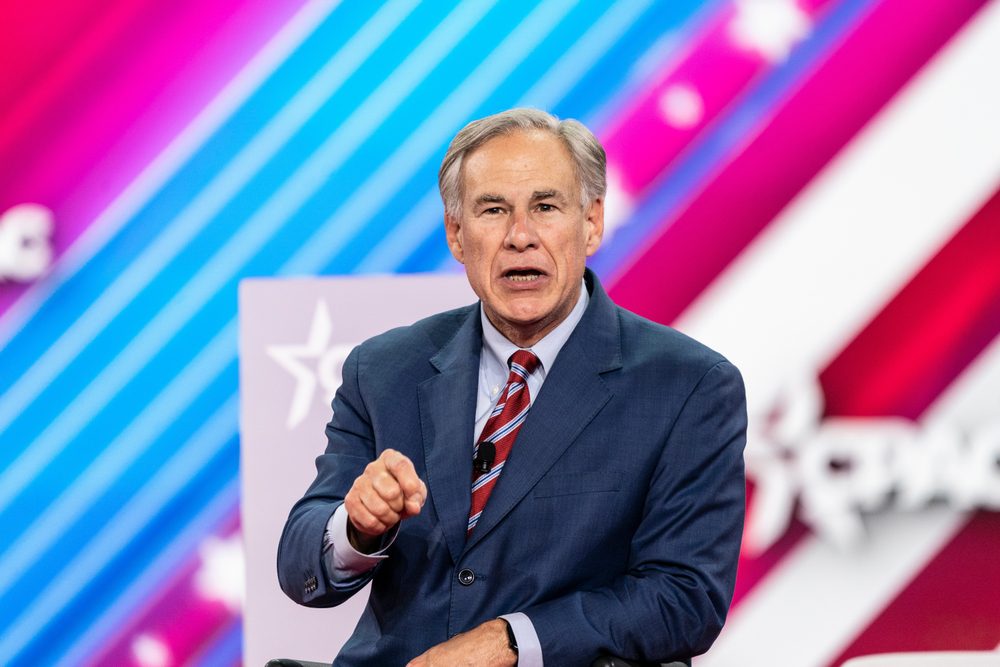On Wednesday, Texas Gov. Greg Abbott pressed for property tax relief, telling a big crowd in Fairview that he wants to take half of the projected $27 billion state surplus and use it to reduce property taxes. If this happens, it’d make for the largest property tax cut in Texas history.
The news is sure to be welcomed by struggling taxpayers. Homeowners and businesses today are battling sky-high inflation, soaring property values, and greedy governments, with little sign of relief outside of the governor’s announcement. In fact, the sheer volume of local governments raising taxes right now prompted the Texas Public Policy Foundation to launch a new Local Government Property Tax Tracker where taxpayers can see which cities in Texas are hiking taxes. Because, of course, no government should raise taxes in a recession and those that do should be held up for the public to see.
In any event, it’s right to return to taxpayers as much of Texas’ $27 billion surplus as possible. After all, these excess revenues came from the pockets of hardworking Texans, many of whom are treading water now, and the alternative is to use these funds to grow government, something that would only exacerbate the problems of today.
Naysayers will, of course, fret over the size of the tax cut, worrying that money won’t be there in the future to continue it on. But these concerns ignore the state’s massive Rainy Day fund, which is reported to reach $13.6 billion by the end of fiscal year 2023, and also Texas’ durable economy which, despite disastrous national headwinds, continues to perform well under pressure. It’s also worth remembering that a well-designed fiscal rule passed into law in 2021, which limits state spending growth to population and inflation, helped generate this current surplus, and that rule isn’t going anywhere.
Indeed, giving back a big part of what was over-collected is the right call. But in the process of doing so, policymakers must remember to guard their gains from local governments that have a nasty habit of eroding state-provided tax relief.
On numerous occasions, Texas lawmakers have done their part to provide meaningful tax relief only for local elected officials, particularly those in large urban areas, to seize upon the moment as an opportunity to raise taxes without causing too much of a stir. The ways in which these opportunistic officials fleece the taxpayer are many—i.e., keeping tax rates higher than they should be, loading up on bonds, issuing certificates of obligation, or holding tax ratification elections—but the result is usually the same: Local government coffers get stuffed and taxpayers get stuck paying more than they should.
There are a few ways to prevent such an eventuality in the future. One is to apply any surplus funds intended for tax relief to permanently compress school district maintenance and operations taxes. In that way, the state would assume greater control over school district taxes—which is the biggest part of any individual’s tax bill—and could work toward the eventual elimination of that portion altogether by leaning more heavily on the sales tax instead of the property tax. The framework for such an effort already exists under 2019’s House Bill 3, and it makes sense for the state, not school districts, to have charge over the appropriation side.
Alongside the effort to compress school district tax rates, policymakers should also shore up 2019’s historic tax reform to better control for city, county, and special district excesses. One way to do so is to lower the voter-approval tax rate (VATR) limit, which is the maximum threshold before local officials must get voter permission, from 3.5% to 2.5%—or something even less. Another way is to make sure that the VATR applies to all local government types. Right now, some governmental entities, like community colleges and hospital districts, operate under a different, less taxpayer-friendly standard. A third way is to true up the 3.5% limit to account for new value growth and nonvoter-approved debts paid with property taxes.
The governor’s announcement that big-time tax relief is on the way is great news. The Legislature should put that plan into action, and then some. But as policymakers are delivering this much-needed relief, they must make sure that spendthrift local governments aren’t stealing the moment, like they have in the past. In other words, they should guard their gains jealously.







We desperately need reform on this issue. Texas has some of the highest property tax rates in the country. I truly hope that this comes to fruition.